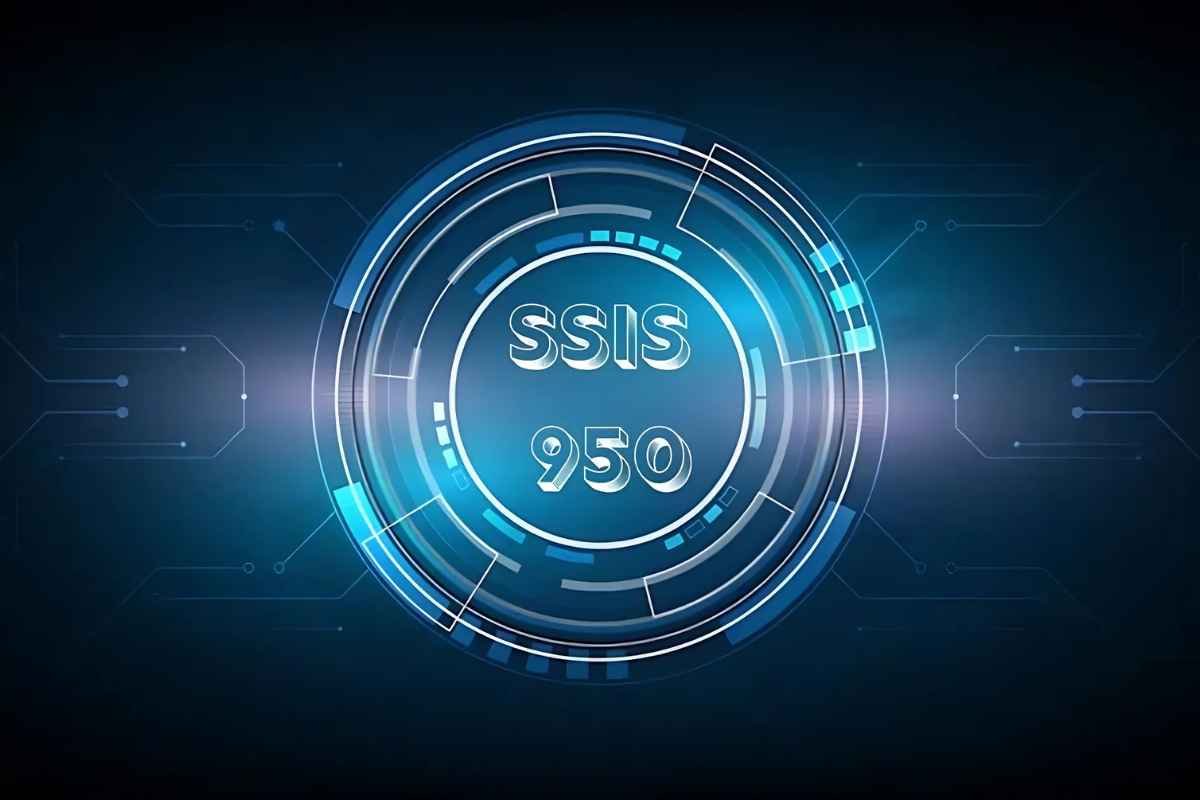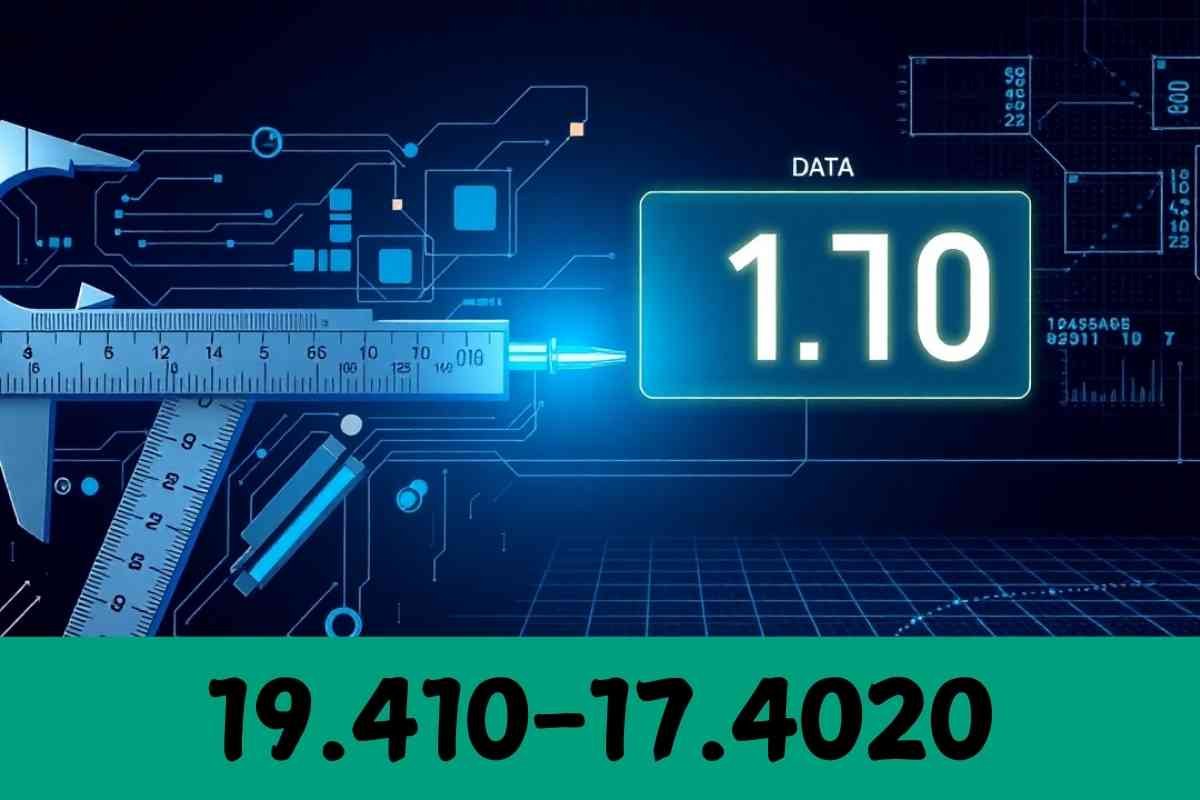In today’s data-driven landscape, businesses rely heavily on accurate and timely data for decision-making.
The challenge of integrating and managing data from diverse sources makes the role of data integration tools crucial.
SSIS-950 (SQL Server Integration Services) emerges as a robust solution, providing organizations with the necessary tools to streamline their data management processes.
This comprehensive guide will delve into SSIS-950, highlighting its features, benefits, best practices, and industry applications.
Additionally, we will explore its components and provide actionable tips for optimizing its use.
What is SSIS-950?

SSIS-950 is a component of Microsoft SQL Server designed for data integration, transformation, and migration across various systems.
It excels in ETL (Extract, Transform, Load) operations, making it an essential tool for organizations seeking efficient data movement and transformation.
Key Capabilities of SSIS-950
Automated Data Processing
- Simplified ETL Workflows: SSIS-950 automates ETL (Extract, Transform, Load) processes, enabling organizations to manage data integration tasks more efficiently.
- It reduces manual workload by allowing users to schedule and execute data processing jobs automatically, resulting in consistent data flows.
- Time-Saving Automation: With task automation, data can be extracted from multiple sources, transformed, and loaded into destinations without user intervention.
Support for Multiple Data Sources
- Diverse Data Compatibility: SSIS-950 is designed to work with a wide range of data sources, making it easy to pull data from SQL Server, Oracle, MySQL, Excel, flat files (CSV, TXT), and cloud-based systems like Azure and AWS.
- Built-in Connectors: It includes built-in connectors for seamless integration with numerous data platforms. These connectors simplify the data extraction process, allowing SSIS-950 to read, process, and write data efficiently across various systems.
Comprehensive Data Transformation Tools
Data Cleansing
SSIS- 950 provides tools for data cleansing, ensuring data quality by removing inconsistencies, correcting errors, and filling in missing values.
This feature is particularly useful for maintaining high data standards across integrated datasets.
Data Enrichment
It allows businesses to enrich existing datasets by adding additional attributes from other data sources.
This feature enhances data usability for analytics and reporting by making datasets more informative and comprehensive.
Data Aggregation and Restructuring
SSIS -950 enables users to merge, split, sort, and filter data, as well as perform complex transformations like aggregating data from multiple sources.
It supports the creation of a single, unified data set from various fragmented sources, making data easier to analyze and report.
Error Handling and Logging
SSIS – 950 includes comprehensive error-handling features that allow users to capture and manage errors effectively during ETL processes.
Error management helps avoid data loss and ensures continuity in the data integration process.
SSIS950 provides logging functionality that records every step of the ETL process.
Logs include detailed information on process success, errors, and warnings, providing insights into any issues and helping with troubleshooting.
Data Flow Control and Workflow Management
SSIS950 supports sophisticated control flow mechanisms to manage the sequence of tasks in a workflow.
Users can create complex workflows that include conditional branching, looping, and error handling, making the ETL processes adaptable and responsive to various scenarios.
To improve performance, SSIS- 950 supports parallel processing, allowing multiple ETL tasks to run concurrently.
This ability to handle concurrent data flows boosts efficiency and minimizes the time required to complete complex workflows.
Scalability and Flexibility
Adaptable to Business Size
SSIS -950 is designed to scale with organizational needs.
From small data migration projects to complex, enterprise-level data warehousing, it can handle a wide range of data volumes, adapting seamlessly as businesses grow and data demands increase.
Customizable Workflows
Users can create custom workflows to meet specific business requirements, making SSIS – 950 highly adaptable.
Its flexibility allows organizations to optimize their ETL processes to fit unique operational requirements.
Enhanced Monitoring and Performance Tuning
- SSIS 950 allows users to monitor ETL processes in real time, providing immediate insights into data workflows and enabling proactive management of any issues.
- It includes features for performance tuning, enabling users to optimize memory usage, processing speed, and data throughput. This capability is essential for maintaining high-performance standards in large-scale data environments.
How SSIS950 Works?
The core functionality of SSIS-950 lies in its ETL capabilities.
Here’s a detailed breakdown of each component:
Extract
SSIS-950 retrieves data from various sources, such as SQL databases, Excel files, and web services.
This extraction process can handle both structured and unstructured data.
Transform
Once the data is extracted, SSIS-950 transforms it into the desired format.
This transformation can include:
- Data Cleansing: Identifying and correcting inaccuracies in the data.
- Data Enrichment: Enhancing the data set with additional relevant information.
- Data Aggregation: Merging multiple data sets to create comprehensive reports.
Load
After transformation, the data is loaded into a target destination, which could be a database, data warehouse, or cloud platform.
This ensures that the data is structured and readily available for business use.
Real-Life Application of SSIS 950

Case Study: Retail Industry
Consider a retail company that uses SSIS-950 to integrate sales data from multiple stores into a centralized data warehouse.
The process works as follows:
- Extract: Sales data is extracted from individual store databases.
- Transform: The data is cleansed and unified to ensure consistency.
- Load: Finally, the data is loaded into a central repository, enabling the company to analyze sales trends and inventory levels effectively.
Benefits of Using SSIS- 950 for Data Management
Implementing SSIS-950 can lead to significant advantages, including:
- Enhanced Productivity: Automation reduces the need for manual intervention, allowing teams to focus on strategic tasks.
- Data Consistency: Centralizing data from multiple sources ensures accuracy and reliability, which is crucial for informed decision-making.
- Real-Time Processing: SSIS-950 supports real-time data processing, ensuring organizations can access the latest information.
- Cost Efficiency: By streamlining data processes, organizations can reduce operational costs, particularly when utilizing SQL Server’s existing infrastructure.
- Better Decision-Making: Clean, consistent data enables businesses to derive actionable insights, leading to improved outcomes.
Setting Up SSIS-950 for Your Business
Install SQL Server and SSIS -950
Begin by ensuring that SQL Server is installed on your system.
SSIS- 950 is part of SQL Server Data Tools (SSDT).
Create a New SSIS Project
Launch SSDT and create a new Integration Services project, which will contain all your data integration tasks.
Define Data Sources
Identify and define the various data sources from which you’ll extract data, including databases, flat files, or cloud platforms.
Set Up Data Flows
Establish Data Flow tasks in your project.
This is where the data transformation occurs, allowing for filtering, sorting, and joining data.
Define Data Destinations
Specify the target system where the transformed data will be loaded.
This could be another database, a data warehouse, or cloud storage.
Schedule ETL Jobs
Utilize SQL Server Agent to automate the scheduling of ETL jobs, ensuring efficient data processing with minimal manual oversight.
Best Practices for Implementing SSIS-950
To maximize the effectiveness of SSIS -950, consider these best practices:
Careful Planning:
Prioritize planning each step of the ETL process to ensure a clear understanding of data sources, transformations, and destinations.
Incorporate Error Handling:
Utilize error handling functions in your ETL packages to capture and log issues during data integration.
Performance Tuning:
Leverage built-in performance tuning tools and monitor the efficiency of your data processes regularly.
Regular Backups:
Backup your SSIS packages frequently to mitigate the risk of data loss.
Thorough Testing:
Test ETL packages in a development environment before deploying them to production to ensure reliability and accuracy.
SSIS950 Key Components
| Component | Description |
| Control Flow | Manages the execution flow of tasks |
| Data Flow | Handles data extraction, transformation, and loading |
| Connection Managers | Defines and manages connections to data sources |
| Error Handling | Manages error logging and handling in ETL processes |
| Built-in Connectors | Pre-configured connectors for various data sources |
SSIS 950 in Real-World Applications

SSIS-950’s versatility makes it suitable for various industries:
Finance Sector
In the finance sector, SSIS-950 integrates large volumes of transactional data, enabling organizations to analyze financial information efficiently and ensure compliance with regulatory standards.
Healthcare Industry
Healthcare organizations use SSIS-950 to consolidate patient data from multiple systems.
This integration is vital for maintaining accurate medical records and ensuring regulatory compliance.
Conclusion
SSIS-950 has proven to be an indispensable tool for data integration and management.
Its flexibility, scalability, and extensive feature set make it an ideal choice for businesses aiming to streamline their data operations.
Whether handling minor data migration tasks or managing large-scale data warehousing projects, SSIS -950 provides a robust, efficient, and cost-effective solution.
FAQs
How does SSIS-950 compare with other ETL tools like Talend and Informatica?
SSIS-950 integrates seamlessly with Microsoft environments, offering strong ETL capabilities within SQL Server, while Talend and Informatica provide broader compatibility with non-Microsoft platforms. Each tool has unique strengths depending on your specific ecosystem and requirements.
Is coding experience required to use SSIS-950 effectively?
While basic SSIS-950 tasks can be managed with minimal coding using the visual interface, some advanced configurations may require SQL or .NET scripting for custom transformations.
What are some common errors encountered in SSIS-950, and how can they be resolved?
Common errors include connection failures, data type mismatches, and memory issues. To resolve these, ensure correct data mappings, validate data types, and adjust buffer sizes to optimize performance.
How does SSIS-950 handle real-time data processing?
SSIS- 950 is primarily designed for batch ETL processing, but real-time processing can be achieved through integration with SQL Server features like Change Data Capture (CDC) and event-driven SSIS packages.
Can SSIS-950 be integrated with machine learning models?
Yes, SSIS-950 can work with machine learning models by calling external scripts or models within the SSIS package, allowing organizations to implement predictive analytics in ETL workflows.
What licensing requirements are associated with SSIS-950?
SSIS-950 requires a SQL Server license, and licensing can vary based on editions (Standard, Enterprise) and whether you choose per-core or server licensing.
How can SSIS-950 help with data quality management?
SSIS-950 includes built-in transformations for data cleansing, deduplication, and validation, making it easier to ensure high-quality data during integration.
What are the memory and hardware requirements for running SSIS-950 effectively?
SSIS-950’s performance depends on SQL Server’s resource allocation. It generally requires substantial RAM, CPU power, and disk I/O capabilities for handling large data sets efficiently.
Can SSIS-950 handle unstructured data like JSON or XML?
Yes, SSIS-950 has components that support handling JSON and XML data, though additional transformations may be needed to integrate unstructured data smoothly.
What security features does SSIS-950 offer for sensitive data?
SSIS-950 includes encryption options, package protection levels, and user permissions, ensuring data security throughout the ETL process.
Read More:





